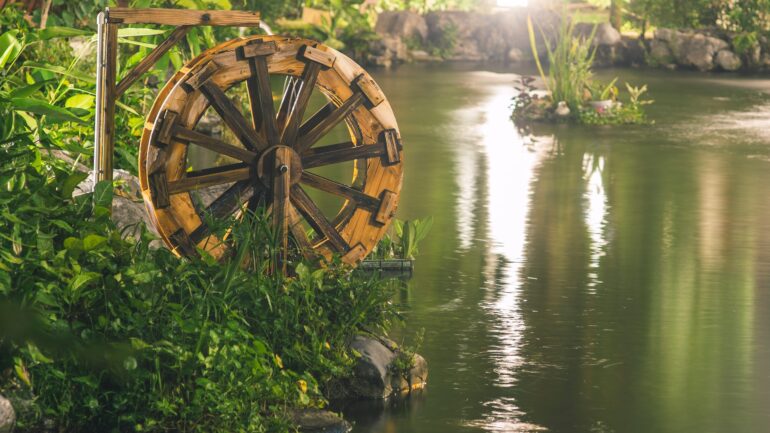Pond management involves keeping the water clean and preventing algae growth. A fountain can aerate the water. A large body of still water attracts a variety of wildlife, including quail, rabbits, turtles, songbirds, and even raccoons. In winter, you should plant large clumps of evergreens around the pond to provide shelter. To encourage the presence of wood ducks, you can install predator-proof duck boxes.
Managing a backyard pond
Backyard pond management requires you to know the natural cycles in your water body. For example, algae blooms are a natural part of pond life, but you can help your pond remain free of algae by using phosphorus-free fertilizers. To help keep your pond healthy, mow your lawn less frequently and place compost at least 50 feet away from the water’s edge. Another common problem is ropy filamentous algae, which can be challenging for any pond owner. This plant can take over your pond and cause it to lose oxygen. To combat these plants, the best method is to control fertilizers. This is usually achieved by avoiding fertilizers on your pond’s watershed (the area surrounding it). Also, make sure you don’t have livestock in the area surrounding your pond, as they may be introducing harmful fertilizers. To maintain the health of your pond, you should take the time to monitor the water level regularly. A pond with too little water will have little oxygen and may even die. To avoid this, keep the water level around three-quarters full. Similarly, you may need to add fresh water every week in hot weather.
Managing a pond in summer
Summer is a great time to maintain your pond. The longer days and warmer temperatures will help your fish and plants start feeding and being more active. You also want to keep your water clean and healthy. To do this, you must ensure the water temperature is under 80 degrees Fahrenheit. Water temperature changes can also cause stratification in your pond. When this occurs, the bottom layers of the water will have less oxygen than the top layers. This condition can lead to a domino effect of diseases spreading through your pond. This problem is prevalent in deeper ponds. Fortunately, there are ways to prevent problems from affecting your pond. You can start by monitoring your pond’s ecosystem. Having a well-balanced ecosystem makes it easier to maintain the health of your fish, plants, and pond itself. If you can achieve this, you will have an easier time transitioning into fall.
Managing a pond in winter
Before you put your pond to bed for winter, there are a few things you need to do to keep it healthy. The first step is to test the water, which is critical for the health of your fish. Next, improve the habitat. Modifying the habitat can prevent your fish from becoming overly stressed. The winter months can be stressful for your fish. You should take steps to minimize their stress and ensure that the pond doesn’t freeze. It would be best if you also protected any equipment from the harsh elements so that you can use it again in spring. Following these guidelines will help you enjoy your pond the most in the spring.
Before you start winterizing your pond, you should remove dead leaves from the pond. Also, check the pumps and filters to ensure they are working correctly. If you have potted plants, you should move them deeper into the pond to protect them from freezing. Finally, it would be best if you stopped fertilizing them once the temperature drops to 60°F, as this signals the end of the growing season for water plants.
Maintenance of a pond
Maintaining a pond is an essential part of owning a water feature. Whether you choose plants or aquatic animals, pond maintenance is a great way to keep your pond healthy. However, proper pond maintenance requires more than simple brushing and sweeping. It involves a detailed look at your pump and filter system and checking the pH level of the water. Once you’ve completed these steps, you can boost the filtration engine by adding bacteria to the water. One way to do this is to use an automated system, which automatically adds bacteria and enzymes to your pond. The system requires a packet change every month.
To keep your pond healthy, you’ll need to maintain its liner and pond bed. Both structures are essential since they contain water and prevent leaks. The liner rests on the bed, usually made of sand rather than clay or concrete. The edging, made of concrete pavers or stones, keeps surface water from draining into the pond and contaminating it.





